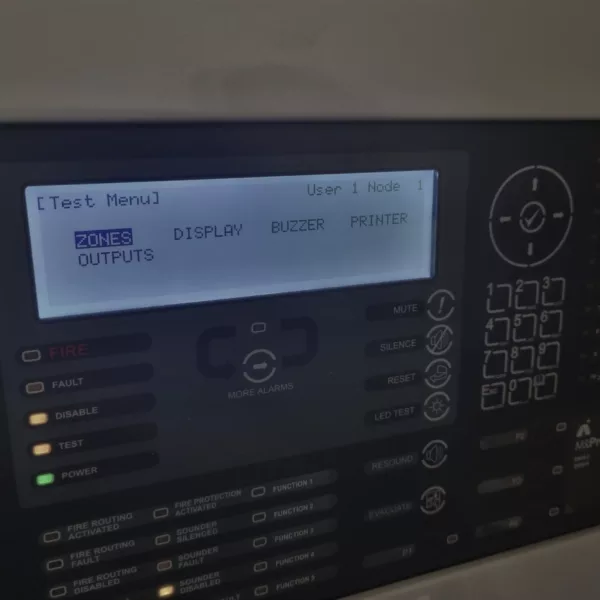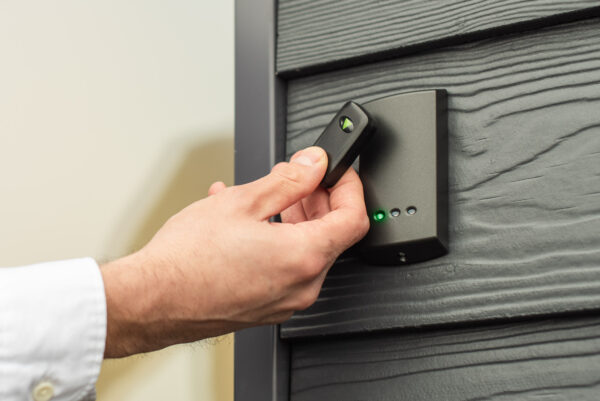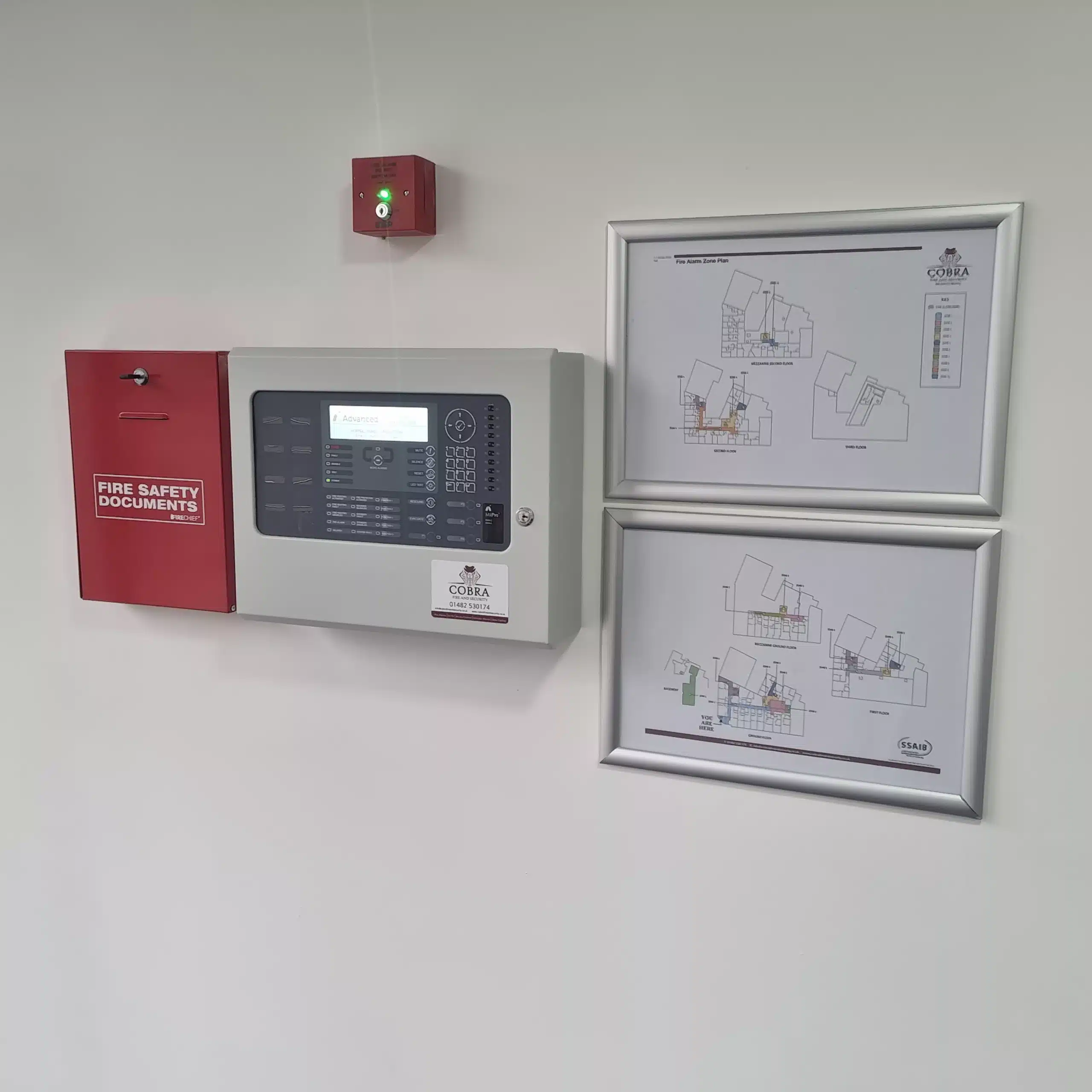10 Tips for Fire Safety in Your HMO
Why Fire Safety in Your HMO is Important
Fire safety is a paramount concern for landlords of houses in multiple occupations (HMOs). With the unique challenges posed by shared living spaces, it’s crucial for landlords to adopt comprehensive measures to protect both their property and the occupants. In this article, we’ll explore 10 top tips for enhancing fire safety in your HMO, addressing key factors such as escape routes and fire detection.

What are our Top Ten Tips for Fire Safety in your HMO?
1. Understand regulatory requirements
Start by familiarising yourself with local and national fire safety regulations. Compliance is not only a legal obligation but also an essential step in safeguarding your tenants and property. In the UK, the primary legislation governing fire safety is the Regulatory Reform (Fire Safety) Order 2005 (Fire Safety Order). It outlines the responsibilities of landlords to assess and mitigate fire risks in their properties.
Ensure that you stay informed about any updates or amendments to the Fire Safety Order and other relevant regulations in your area. Regularly check the website of your local fire authority or government fire safety portal for the latest information.
2. Install fire detection systems in your home
Investing in reliable smoke detectors and fire alarms is critical. Ensure they are strategically placed throughout the property, including in bedrooms, hallways, and communal areas. Regular testing and maintenance are imperative to guarantee their effectiveness.
Furthermore, conducting a thorough fire risk assessment is paramount. This assessment will determine the grade and category of the fire alarm system required for your HMO. Understanding the specific requirements is crucial for optimal fire safety. For detailed information on different fire alarm categories and their specifications, please refer to our dedicated Fire Alarm Categories page.
3. Escape Routes and Emergency Exits
Escape Routes and Emergency Exits: Evaluate and optimise escape routes within the HMO. Clearly mark exits, corridors, and stairwells with illuminated signs. Regularly check that these routes are unobstructed and easily accessible in case of an emergency.
4. Consider fire-resistant materials
When renovating or furnishing your HMO, opt for fire-resistant materials where possible. This includes flame-retardant furnishings and carpets, as well as fire-resistant doors. While this may entail higher initial costs, it significantly reduces the risk of fire spread.
5. Kitchen Safety Measures
Kitchens are high-risk areas in any property, and in an HMO, the risks are multiplied. Install fire suppression systems, such as automatic extinguishers or fire blankets, and enforce strict rules regarding the use of kitchen appliances.
6. Check appliances
Faulty appliances can pose a fire risk, emphasising the importance of regular inspections and maintenance. To prevent appliance-related fires, regularly inspect and maintain household appliances. Additionally, promptly replace or repair damaged cords and plugs to eliminate potential hazards and enhance the overall safety of your home.
7. Emergency Lighting
In the event of a power outage during a fire, emergency lighting is crucial for guiding tenants safely out of the building. Install battery-powered emergency lights in key areas to illuminate escape routes.
8. Regular Fire Drills
Conducting fire drills is an effective way to ensure that tenants are familiar with escape routes and emergency procedures. Regular practice builds confidence and promotes a swift, organised response during a real emergency.
9. Appoint a responsible person for your HMO
Designate a key individual in the HMO responsible for overseeing fire safety. Their duties encompass monthly emergency lighting checks, ensuring functionality through thorough testing. Additionally, implement a weekly routine for fire alarm tests to maintain responsiveness. The appointed person must maintain detailed records, promptly address issues, and coordinate with professionals for repairs, significantly contributing to the overall effectiveness of fire safety measures in the HMO.
10. Insurance Considerations
Review your insurance policy to ensure it covers fire-related damages. Some policies may require specific fire safety measures to be in place for coverage to be valid. Regularly update your insurance provider on any changes made to the property.
Our Bonus Tip – Safely Manage Charging Stations for Electric Scooters
With the rising popularity of electric scooters powered by batteries, it’s crucial to establish safe charging stations within the HMO. Encourage tenants to charge their electric scooters only in designated areas equipped with appropriate electrical outlets. Implement guidelines for the proper storage and charging of scooters, emphasising the importance of using manufacturer-approved chargers and avoiding makeshift solutions. By proactively addressing the specific fire risks associated with battery-powered devices, you contribute to a safer living environment in your HMO.
We are here to help
As you take steps to enhance fire safety in your HMO, our team is dedicated to supporting you. If you have any inquiries or require further assistance regarding the fire safety tips we’ve provided, feel free to reach out. Your safety is our priority, and our team is readily available to help. Visit our Contact Us page to initiate a conversation about fortifying the fire safety measures in your home. Let’s collaborate to ensure the safety and well-being of your household.
Reviewed: 22/01/2024 Our articles are reviewed regularly. However, any changes made to standards or legislation following the review date will not have been considered. Please note that we provide abridged, easy-to-understand guidance. To make detailed decisions about your fire safety provisions, you might require further advice or need to consult the full standards and legislation.
Share this article
Written by : Michael Winter
Follow us
A quick overview of the topics covered in this article.
Latest articles
July 15, 2025








